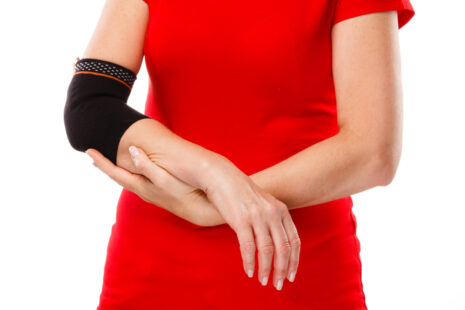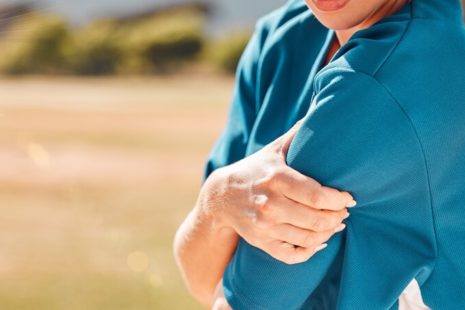The fastest way to heal a boxer’s fracture involves appropriate medical management and a focused rehabilitation program.
Here are some key components of a comprehensive approach to facilitate healing…
- Early Medical Evaluation – Seek immediate medical attention after the injury for an accurate diagnosis and appropriate treatment. An X-ray or other imaging tests will confirm the fracture, and a healthcare professional will determine the best course of action for immobilization and potential surgical intervention if required.
- Immobilization and Protection – Immobilize the hand and fractured finger using a splint, cast, or brace as your healthcare provider prescribes. Keeping the hand immobilized allows the fractured bone to align properly and promotes healing.
- Rest and Avoidance of Stress – Avoid using the injured hand for activities that may stress the fractured bone during the early healing stages. Give the hand sufficient rest to prevent further damage and promote optimal healing.
- Pain Management – Follow your healthcare provider’s advice on pain management, including prescribed pain medications or over-the-counter pain relievers.
- Physical Therapy – Start a physical therapy program once your healthcare provider deems it appropriate. Physical therapy can help expedite healing, restore hand function, and reduce the risk of complications. Your physical therapist will design a personalized rehabilitation plan that may include the following:
-
- Gentle Range of Motion Exercises – Gradually work on moving the fingers and hand to maintain flexibility and prevent stiffness.
- Strengthening Exercises – Focus on gentle strengthening exercises for the hand and forearm muscles to promote healing and prevent muscle atrophy.
- Grip Strengthening – Specific exercises to strengthen the grip, promoting the restoration of hand function.
- Edema Management – Techniques to manage swelling, such as elevation, compression, and manual lymphatic drainage if necessary.
- Scar Tissue Management – Manual techniques to address any scar tissue formation that may have occurred during the healing process.
- Functional Activities – Engage in activities that simulate daily tasks to reintegrate the hand into daily activities gradually.
- Pain Management Techniques – Physical therapists may use heat, ice, ultrasound, or electrical stimulation to manage pain and reduce inflammation.
- Compliance and Adherence – Be diligent in following your physical therapist’s guidance and exercises at home. Consistency and adherence to the rehabilitation program are crucial in the healing process.
The healing time for a boxer’s fracture can vary depending on the severity of the fracture and individual factors. Early intervention, proper medical management, and consistent physical therapy can optimize the healing process, leading to a faster recovery and a safe return to normal activities. Work closely with your healthcare provider and physical therapist to monitor progress and adjust the treatment plan.




